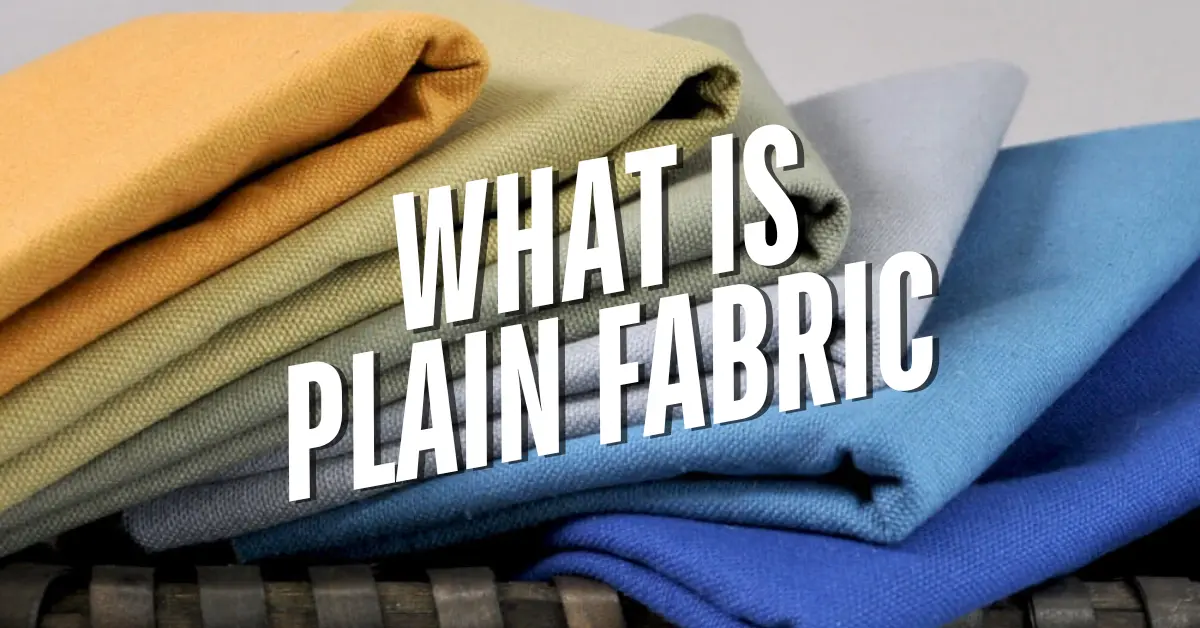What Is Shantung Taffeta?
Shantung taffeta is a luxurious silk fabric known for its crisp texture and subtle sheen, making it a popular choice in fashion and interior design.
Shantung taffeta is a silk fabric that combines the crispness of taffeta with the textured slubs of shantung. Originating from the Shandong province in China, this fabric is valued for its slightly irregular texture and elegant sheen.
Origin and History
The name “shantung” comes from Shandong, the Chinese province where this fabric was first woven. It was traditionally made from wild silk, resulting in a naturally uneven texture. Over time, its distinct qualities made it highly desirable for luxury garments and décor.
Characteristics of Shantung Taffeta
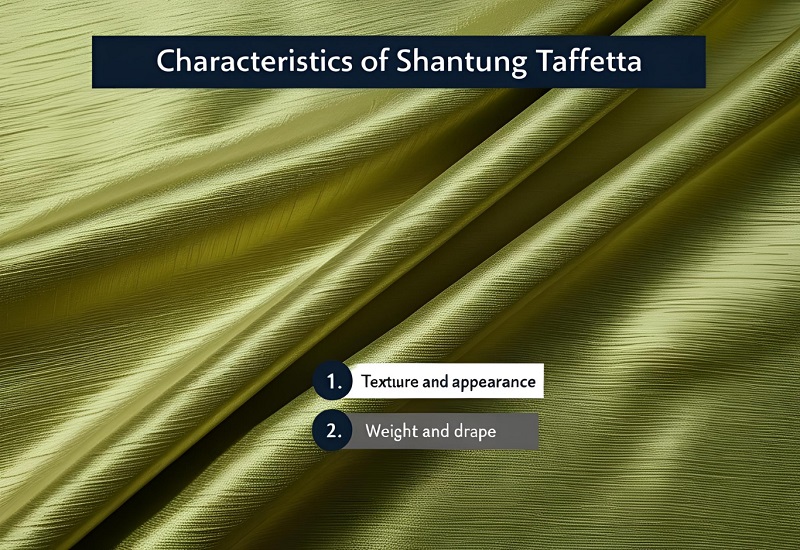
Texture and Appearance
Shantung taffeta has a crisp, structured texture with slight slubs—tiny irregular bumps in the weave—that create a unique tactile and visual effect. These slubs set it apart from smooth silk fabrics like traditional taffeta.
Weight and Drape
Despite its crisp structure, shantung taffeta is lightweight, offering a structured drape. It holds its shape well, making it ideal for garments requiring volume and definition.
Durability
Shantung taffeta is durable and resistant to wrinkling. It retains its shape better than other silk fabrics, making it a reliable choice for structured clothing.
Production Process
Traditionally, shantung taffeta is made from silk fibers. The fabric is woven using tightly twisted yarns, creating the crisp finish and the signature slubs. Modern variations may include synthetic fibers like polyester to improve durability and affordability while mimicking the natural look of silk.
Applications in Fashion
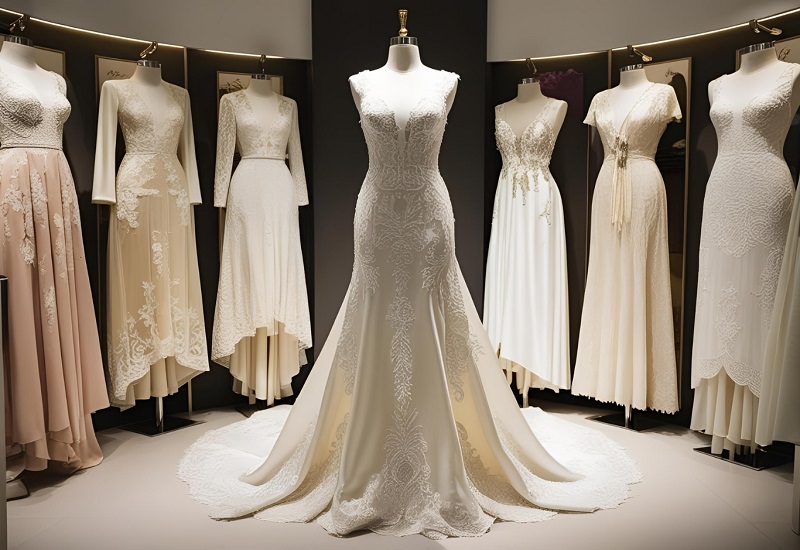
Bridal and Evening Wear
The crisp texture and subtle sheen of shantung taffeta make it a top choice for wedding dresses and evening gowns. It adds volume and structure to skirts while maintaining an elegant appearance.
Men’s and Women’s Apparel
Shantung taffeta is also used in tailored suits, skirts, and blouses, providing a polished, refined look. Its firm structure makes it ideal for garments requiring a sculpted silhouette.
Interior Design Uses
Shantung taffeta is widely used in home décor for draperies, upholstery, and decorative pillows. Its lustrous finish enhances the elegance of interiors, while its durability ensures long-lasting beauty.
Care and Maintenance
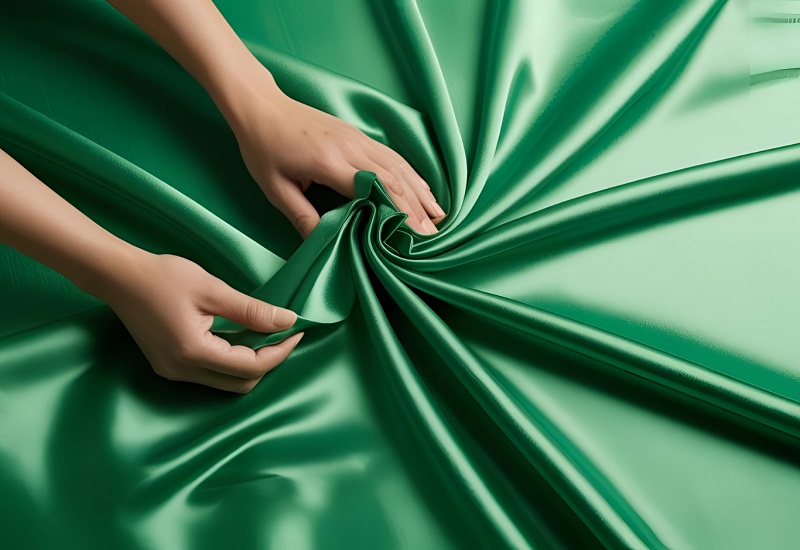
Cleaning
Dry cleaning is the safest method for maintaining the quality of shantung taffeta. Water exposure can weaken the fibers and alter the fabric’s sheen.
Storage
To prevent damage, store shantung taffeta in a cool, dry place, away from direct sunlight, which can fade its color and weaken the fibers.
Handling
Avoid excessive moisture and friction, as these can cause wear and tear. Steam with care to remove wrinkles without damaging the fabric’s structure.
Comparing Shantung Taffeta to Similar Fabrics
Shantung vs. Dupioni
Both fabrics feature slubs, but shantung is lighter with finer irregularities, while dupioni has a coarser, more textured surface. Shantung offers a smoother finish, making it preferable for formal wear.
Shantung vs. Traditional Taffeta
Traditional taffeta has a smooth, crisp finish with no slubs, offering a uniform appearance. Shantung taffeta, on the other hand, has a more organic, textured feel due to its uneven yarns.
Modern Trends and Innovations
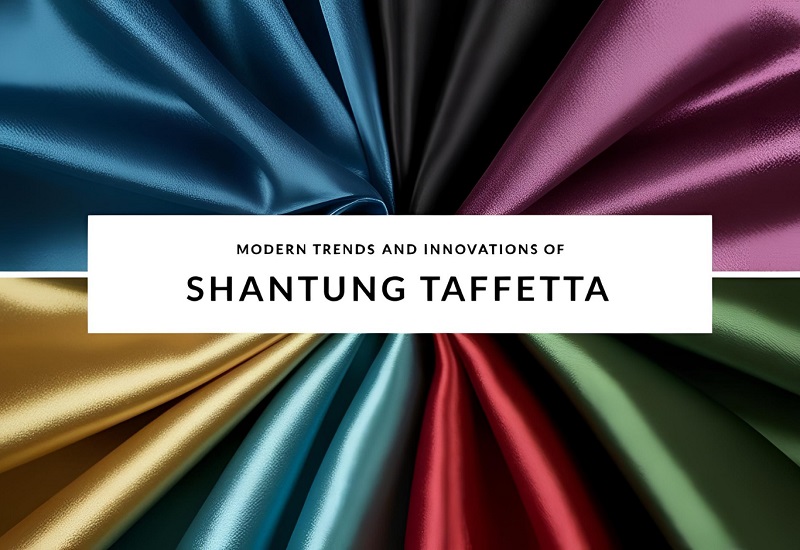
Contemporary Uses
Fashion designers continue to embrace shantung taffeta for its versatility, incorporating it into modern collections that blend classic elegance with contemporary style.
Sustainable Production
With growing awareness of eco-friendly fabrics, sustainable silk production methods are being explored to reduce the environmental impact of shantung taffeta. Some manufacturers now offer organic silk options, ensuring ethical and sustainable sourcing.
Conclusion
Shantung taffeta remains a distinguished fabric known for its unique texture, crisp structure, and luxurious sheen. Whether used in bridal fashion, formal attire, or interior décor, its enduring appeal makes it a timeless choice in textiles. Its combination of durability, elegance, and versatility ensures its continued relevance in the textile industry.
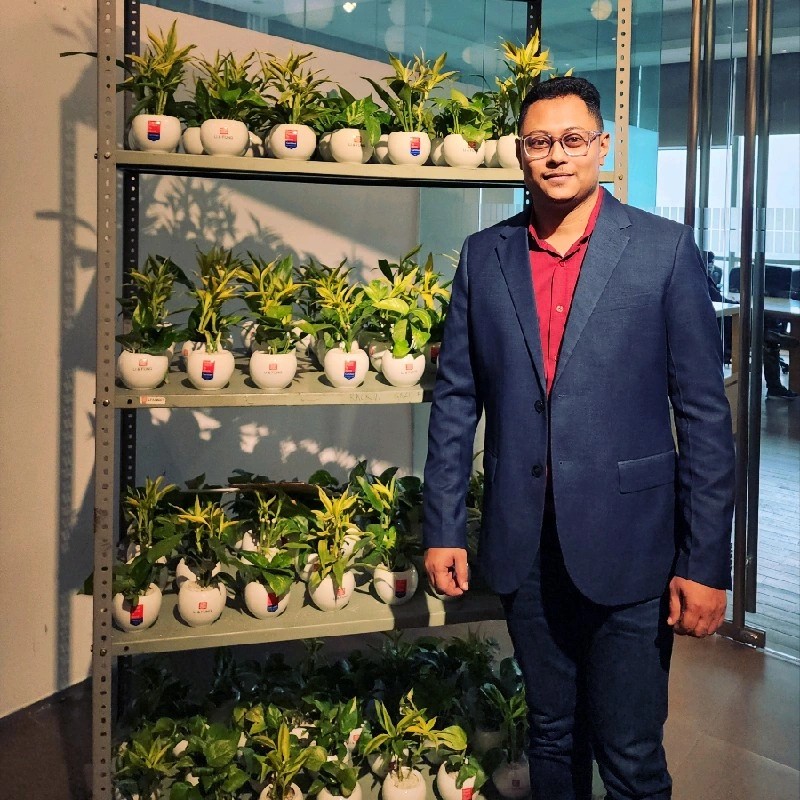
Manager – Fabric Technical and Sourcing/Product Development/ Sustainable Material Management.
I am a B.Sc .-educated Manager of Fabric Sourcing and Technology with extensive experience in the apparel and fashion industry. Passionate about trend analysis, fabric sourcing, and sustainable textile solutions, I thrive in fast-paced environments that demand innovation, adaptability, and leadership.
As a servant leader, I am committed to honesty, transparency, and continuous process improvement. My expertise spans fabric development, product quality management, and supply chain optimization, ensuring exceptional performance across all facets of sourcing and production.
Core Skills & Expertise
✔ Fabric Sourcing & Development – Specialized in regular and sustainable textiles (BCI, Organic, Recycled).✔ Trend Analysis – In-depth understanding of global fashion and fabric trends.✔ Product Development – Expertise in material innovation and process optimization.✔ Quality Management – Strong focus on process control, ensuring high-quality production.✔ Leadership & Problem-Solving – Solution-oriented approach to team management and decision-making.
Technical Proficiency
🖥 Software & Tools:▪ Microsoft Outlook, Excel, Word▪ PLM (Product Lifecycle Management)
🌱 Sustainable & Ethical Practices:▪ Better Cotton Initiative (BCI)▪ Organic & Recycled Fabric Management
Key Strengths
✅ Solution-Focused Leadership – Driving innovation and efficiency in fabric sourcing.✅ Quick Decision-Maker – Adapting to market shifts and production challenges.✅ Team Player with a Positive Attitude – Ensuring collaboration and productivity.✅ Strong Time Management – Meeting deadlines while maintaining quality.
Professional Achievements
🏆 Li & Fung GEM Award – Recognized for fabric sourcing and supply chain management excellence.🏆 Group CEO GEM Award – Honored for outstanding leadership and process innovation.
